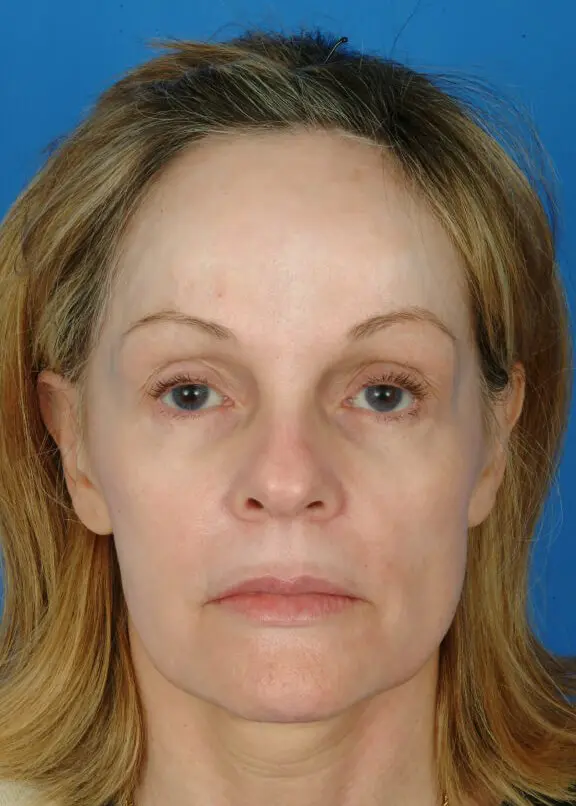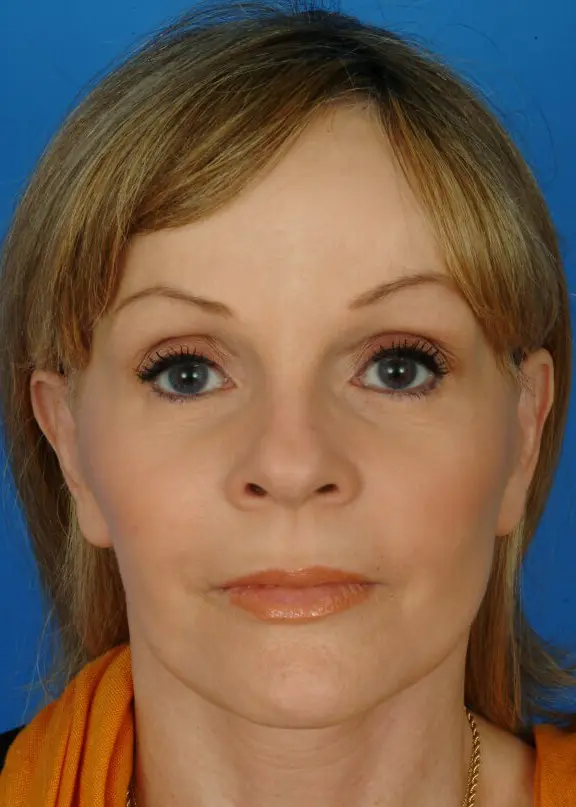March 07, 2022 | Cheek Implants
3 minute read
The mid and lower face are particularly prone to the effects of aging. Over time, loss of skin elasticity, diminution of cheek fat and collagen, and descent of facial soft tissue results in a gaunt appearance, or “submalar hollowing”.
Although a facelift would certainly improve the appearance in a person with aging changes, a lift alone does not address the fundamental issue of cheek volume loss. While traditional methods of facial rejuvenation have focused on redraping facial soft tissue, current philosophies now also emphasize the importance of volume restoration.
With the attention devoted to restoring facial volume, a number of treatment options have emerged for the treatment of submalar hollowing. Some of the treatments are relatively new and some have been around for a long time but are regaining popularity.
Fat and Fillers can be injected into the cheek to provide volume. However, the effectiveness of these injected materials is limited by their impermanence and lack of definitive form. Furthermore, the effectiveness and safety of these soft tissue filler and fat injections are also dependent on the skill of the injector, and asymmetric injections or injections into the wrong tissue planes can occur.
As practitioners and patients come to experience “filler fatigue” from repeated injections and mounting costs, silicone submalar implants may serve as a valuable alternative as a one-time, permanent solution for volume restoration. The ideal implant is biocompatible, inert, non-carcinogenic, and anatomically molded. Implant-grade solid silicone satisfies all these requirements. Submalar implants provide a 3-dimensional shape designed to permanently restore volume and enhance the cheek to create a more natural and youthful appearance. Its smoothness and flexibility allow for ease of manipulation and insertion. Several days after implantation, a capsule forms around the implant, helping to secure it in place. Unlike fat or filler injections, submalar implants can be repositioned or removed because there is minimal inflammation and no bio-integration.
When performed together, submalar implants and facelift surgery have a synergistic effect. The curvature and volume of the submalar implant soften the sharp angles of the face. The implants facilitate an improved vector of tissue redistribution, resulting in less skin excision and a more natural and youthful contour, and avoiding a stretched or mask-like appearance.
Not every patient seeking facial rejuvenation may benefit from submalar augmentation. Patients who stand to benefit the most from submalar cheek implants have flat and dull-appearing faces with hollowing. While the changes observed in the aging face are nearly universal, they are not manifested in everyone, particularly those with a high body fat percentage. Conversely, submalar hollowing can be especially prominent in personal trainers, long-distance runners, and those whose low body fat percentage accentuates their aging face.
In summary, the modern approach to facial rejuvenation entails surgery to (1) redrape the tissue and (2) restore volume. The mid and lower face are particularly prone to aging changes and volume loss, which may manifest as submalar hollowing. The hollowing can be treated by adding volume in the form of fillers, fat injections or submalar implants. Compared to cheek fillers and fat, which may require repeated treatments and has the potential for asymmetry, implants can serve as a valuable and permanent one-time solution for symmetric and significant cheek volume restoration. Furthermore, submalar implants placed at the time of a facelift further improves the facelift results by softening the sharp angles of the aging face and optimizing the direction of tissue redistribution.
Delaney SW, Kridel RWH. Enhancing Facelift with Simultaneous Submalar Implant Augmentation. Aesthetic Surgery Journal 2019 Mar 14;39(4):351-362.






